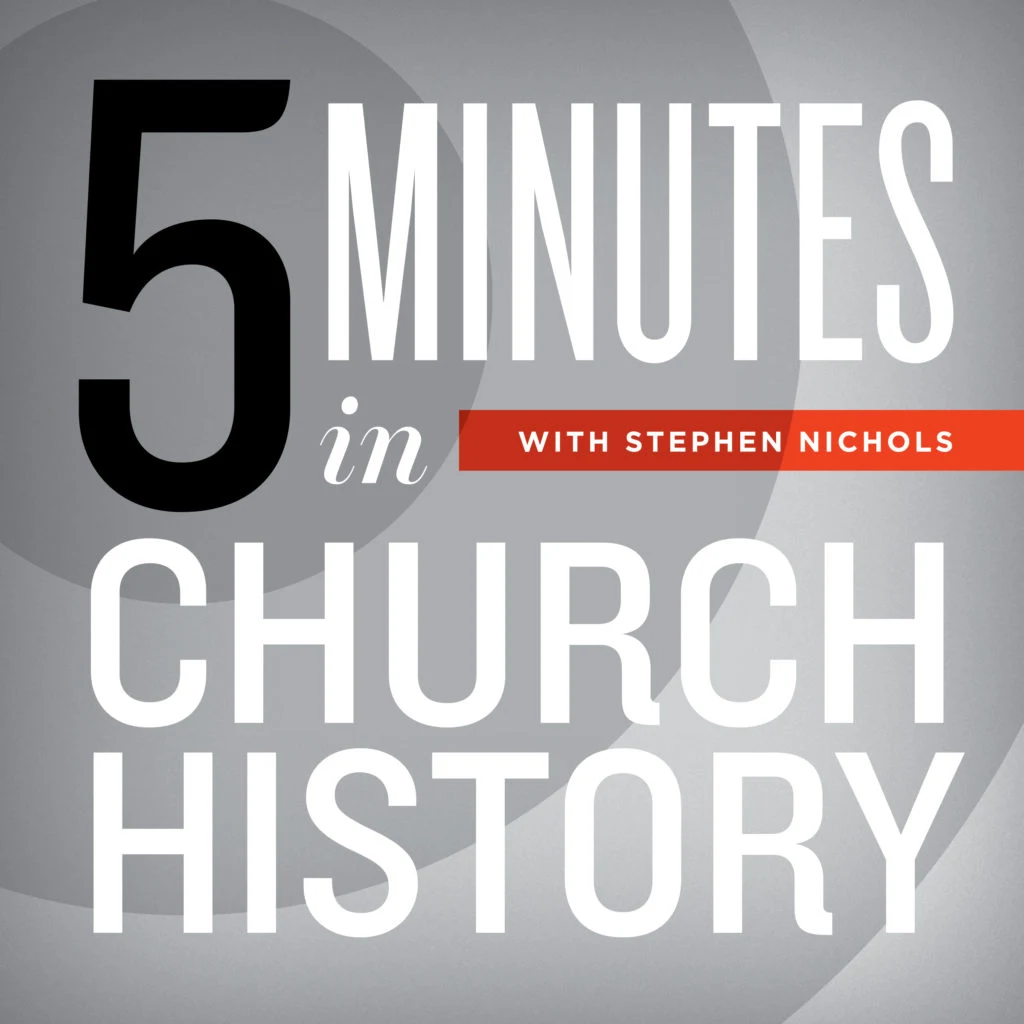Trending in the 7th Century

From Beowulf to Boniface III, the seventh century was a period of rich literary history and significant theological controversy. On this episode of 5 Minutes in Church History, Dr. Stephen Nichols grants us an overview of seventh-century people and events.
Periodically, Five Minutes in Church History looks at what was Trending in the Centuries. Let’s see what was trending in the seventh century.
We begin with two popes. The first is Gregory I (or Gregory the Great). He stretches back into the end of the sixth century, starting his papacy at 590. His papacy ended with his death in 604. He was followed briefly by a pope who wasn’t all that strong, and he then was followed by Pope Boniface III. He was pope for only nine months in 607, but he was very influential. Between Boniface III and Gregory I, we see the rise of the supremacy of the papacy. The papacy very much trended in the seventh century. It was Pope Boniface III who gave the papacy, and gave himself, the title Universal Bishop.
So the first thing trending is the rise of the supremacy of the papacy.
In 630, the Curia Julia in Rome was converted into a church. The Curia Julia was the Roman Senate House. The Senate House was begun by none other than Julius Caesar. Seventy-five years after he began the work, Octavius completed it. The Senate met in that building all those centuries, right up until 630, when it was converted into a church. In the twentieth century, Mussolini had all the church artifice removed. And in 1938 he restored the structure to its original Roman Senate glory.
If we leave Rome and go north to England in 608, we find the earliest tradition of the great English epic poem, Beowulf, the tale of hero Beowulf, who slays dragons and the monster Grendel (and the much worse monster, Grendel’s mom). The epic poem was trending in the seventh century.
Also trending was a heresy. (They’re trending all the time.) Nestorianism was a heresy in the seventh century. It had been condemned in the Second Council of Constantinople back in 553, and the Chalcedonian Creed was reaffirmed. But, alas, Nestorianism was still alive in the seventh century.
Also trending in the seventh century was Saint Wilfred. Saint Wilfred was born in 634 in Northumbria. He died in 709. He founded a number of abbeys and monasteries. He claimed to bring the Rule of Saint Benedict to English monasticism along with order and structure to the monasteries all over England. Caedmon also lived in the seventh century, from 652 to 684, the second half of the seventh century. He’s known as the father of English sacred song.
The seventh century also saw Muhammad and the rise of Islam. Muhammad was born in 570. He claimed his first Koranic vision in 610, and then he began his teachings in Mecca. Not met with success, but rather opposition and persecution, he left Mecca for Medina in 622. In 629, he returned to Mecca with an overwhelming army and simply took the city. He died three years later in 632. At his death, he had about fifty thousand adherents. And so we have the beginning and the rise of Islam.
One last thing from the seventh century: the earliest record of the spinach plant is from the seventh century. We find it recorded in Chinese in AD 647.
And that’s what was trending in the seventh century.
Recent Episodes
A Little Church History of a Middle Colony: Early Influences
December 10, 2025|American Church History
Gunpowder and a Proclamation
December 3, 2025|Geographical Perspectives
Thanksgiving in Church History
November 26, 2025|American Church History
3 Sermons on the Hallelujah Chorus
November 19, 2025|General Church History
Charles Jennens’ Libretto
November 12, 2025|General Church History
Cyprian of Carthage: Crisis in the 3rd Century
November 5, 2025|General Church History
